A Guide to Choosing the Right Handicapped Equipment for Your Needs
Choosing the right handicapped equipment can significantly improve quality of life and independence.

Choosing the right handicapped equipment can significantly improve quality of life and independence. With a wide range of options available, it's essential to consider your specific needs and preferences. Here's a guide to help you make informed decisions:
Understanding Your Needs
Before selecting equipment, assess your specific needs:
Level of Mobility: Consider your current mobility level and anticipated future needs.
Physical Limitations: Identify any physical limitations that may impact your choice of equipment.
Living Environment: Evaluate your home's layout and accessibility.
Lifestyle: Consider your daily activities and hobbies.
Essential Considerations for Equipment Selection
Functionality: Ensure the equipment meets your specific needs and provides the desired support.
Comfort: Choose equipment that is comfortable and easy to use.
Durability: Invest in high-quality, durable equipment that can withstand regular use.
Safety: Prioritize safety features, such as non-slip surfaces and sturdy construction.
Aesthetics: Consider your personal style and choose equipment that complements your home decor.
Popular Types of Handicapped Equipment
1. Wheelchairs:
Manual Wheelchairs: Lightweight and portable, ideal for short distances.
Power Wheelchairs: Provide greater mobility and independence for individuals with limited upper body strength.
2. Walkers:
Standard Walkers: Offer stability and support for walking short distances.
Rollators: Provide additional features like seats, baskets, and brakes.
3. Crutches:
Axillary Crutches: Support the body under the armpits.
Forearm Crutches: Provide support through the forearms.
4. Mobility Scooters:
Indoor Scooters: Designed for indoor use, offering maneuverability and comfort.
Outdoor Scooters: Ideal for outdoor use, often equipped with larger wheels and more powerful motors.
5. Bathroom Aids:
Grab Bars: Provide support for getting in and out of the bathtub or shower.
Raised Toilet Seats: Make it easier to sit down and stand up from the toilet.
Shower Chairs: Offer a safe and comfortable seating option for bathing.
Consulting with a Healthcare Professional
Before purchasing any equipment, consult with a healthcare professional, such as a physical therapist or occupational therapist. They can assess your specific needs and recommend suitable equipment.
Related
-

Caregiver Services for Post-Surgery Recovery in Mumbai
-

A Comprehensive Guide to Buying Mobility Products for Seniors in India
-
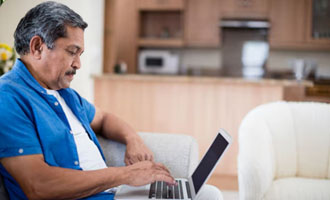
Smart Home Care Equipment for Seniors That Make Life Easier
-
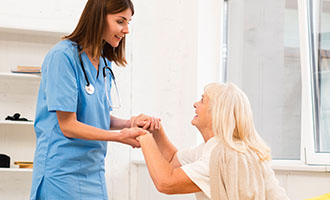
What is a Health Care Service Provider?
-

Adapt your vehicle
-
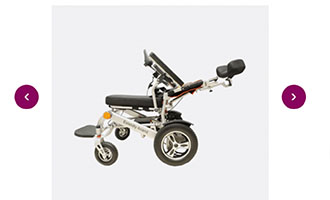
The Pros and Cons of Buying an Electric Wheelchair Online
-

How to keep going with limited mobility
-

The Ultimate Guide to Wheelchair Accessories: Boost Your Independence Today
-

Smart Tips to Buy a Folding Electric Wheelchair Online
-
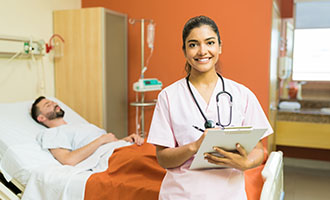
Tips to Find the Best Healthcare Provider Partners in Mumbai
-

Tech that makes life better
-
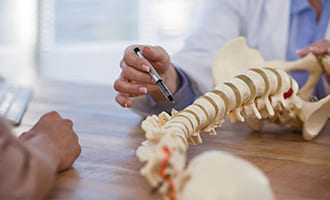
Advancements in Treatment and Care for Spina Bifida: What You Need to Know
-

Cost of Caretaker Services in Mumbai: What to Expect in 2025?
-

Navigating Mumbai with Ease: Your Guide to Reliable Mobility and Elder Care Solutions
-
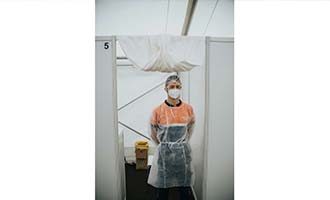
Dealing with the odds
-
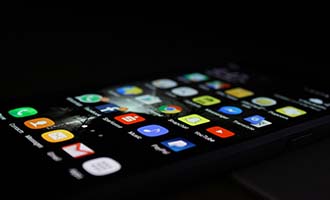
Apps that simplify life
-
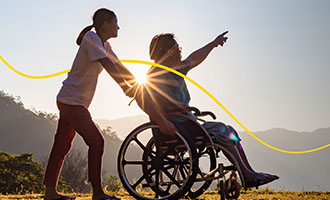
Elder Care Services in Mumbai: Comparing In-Home Care vs. Assisted Living Option
-

Mobility aids to the rescue
-
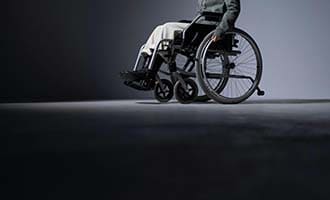
Tips for Buying the Best Mobility Equipment for Your Needs
-
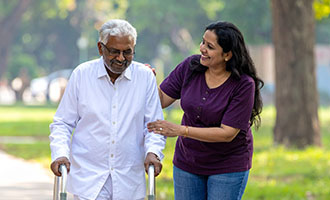
Elderly Care Services Offered by Modern Health Providers
-

A Guide to Buy Mobility Equipment Online
-
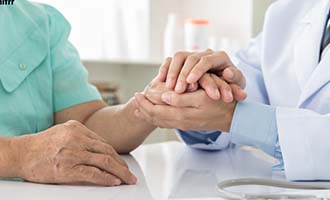
Tips for Choosing the Right Health Service Provider
-

Top Emergency Apps Every Disabled Person Should Have
-

The Essential Guide to Finding the Best Patient Care Taker in Mumbai
-

Folding vs Non-Folding Electric Wheelchairs: Which One Should You Buy
-
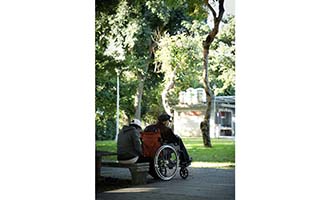
Who make for ideal caregivers?
-

What do companion caregivers do?
-

Best Online Stores to Buy Disability Equipment in Mumbai
-

How to Choose Reliable Elder Care Assistance Providers
-

How to Choose the Right Mobility Chair for Seniors in Mumbai
-

Choose your wheelchair well
-

Rehab: The road to recovery
-
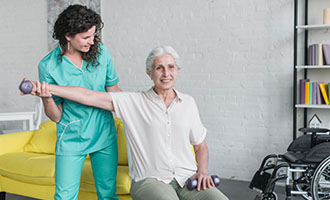
Best Physical Therapists in Mumbai For Home Treatment
-

Senior care top tips
-
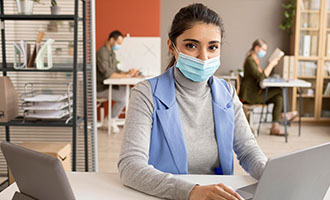
How to Choose the Right Health Service Provider for Your Needs
-

Insurance is key to inclusion
-

Celebrating Carers Week : The Unsung Heroes Behind Every Confident Step
-

Apps make caregiving easier
-
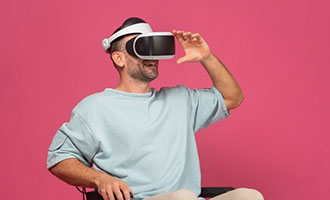
How Assistive Technology is Transforming Mobility Independence
-

Top 10 Electric Wheelchairs to Buy Online in India: 2025 Edition
-

Step into healthy living
-

What Makes a Great Support Companion? A Peek Into MobiCrews Training and Ethos
-

Dont stop moving!
-

The benefits of community care
-

Top 3 Types of Wheelchairs with Built-In Toilet Seats: Enhancing Dignity and Convenience
-

Different Types of Home Health Care Services in India
-
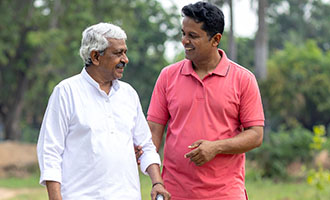
How to Choose the Right Caretaker Agency in Mumbai
-
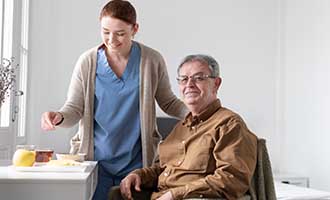
Tips to Select the Best Caretaker Services in Mumbai
-

A Complete Guide to Wheelchair Types and Their Prices in India
-

Enhancing Quality of Life
-

Apps that keep you healthy
-

Breaking Barriers: Why Urban Spaces Must Be More Wheelchair-Friendly
-

Detailed Guide On Best Elder Care Services in Mumbai
-

The benefits of elder care services









